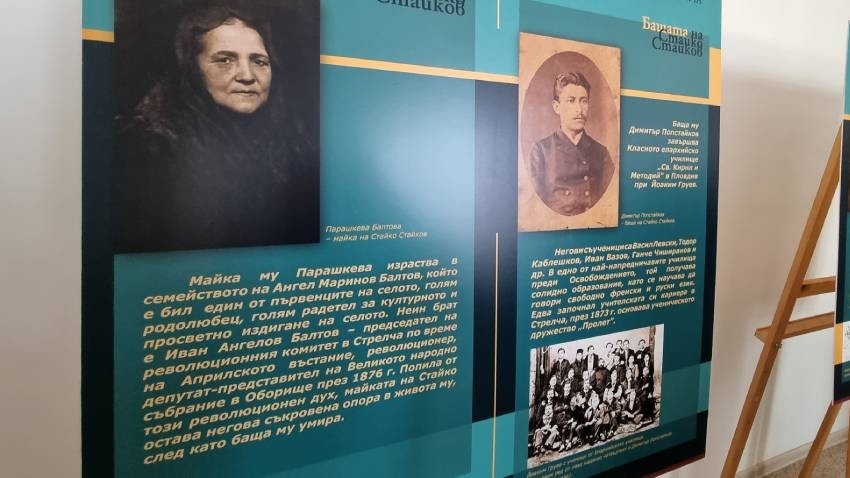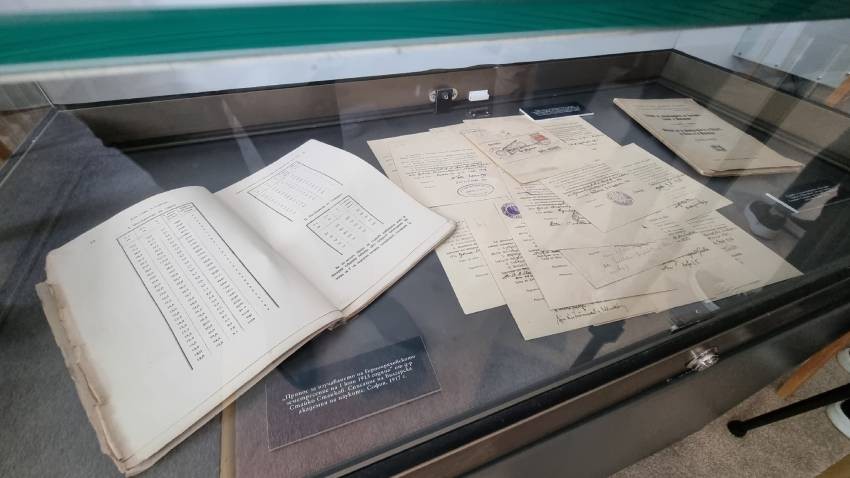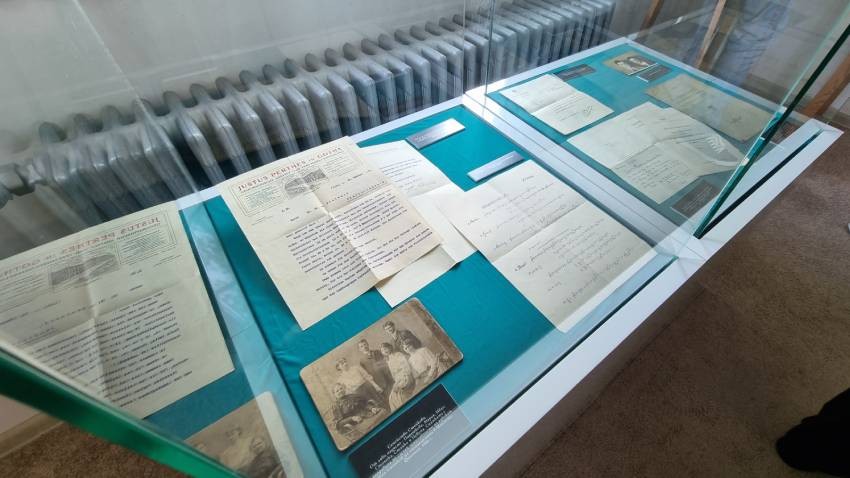After the Liberation in 1878, Bulgaria began to develop at a pace that would make up for the centuries-long absence from the world history map. Young Bulgarians graduated from prestigious European universities and took their knowledge to their homeland to contribute to its rapid growth. Many of them became pioneers in their fields. Among them was Stayko Staykov, who laid the foundations of climatology in Bulgaria
He was born in 1882 in Strelcha – a town imbued with revolutionary spirit and thirst for enlightenment. His father, Dimitar Popstaykov, graduated from the Plovdiv Class Diocesan School and later participated in the April Uprising. His mother came from a prominent family, and her brother, Ivan Baltov, chaired the local revolutionary committee.

In an environment of intransigence and quest for knowledge, Stayko Staykov impresses as a capable and studious young man. Shortly after graduating from the Male Evening High School in Sofia, he joined the Central Meteorological Station which predetermined his future.
''Stayko Staykov found his job quite interesting and showed great interest in studying and analyzing the climatic features of our country – says Nikoleta Petkova, director of the Historical Museum-Strelcha. – He started learning French, German, English, Italian and even Japanese, because most of the scientific publications were in this language. In 1906, Stayko Staykov enrolled at the Faculty of Physics and Mathematics at the Sofia University. At the beginning of 1907, the institution was closed for six months by order of Prince Ferdinand and all professors were dismissed’’.

In April 1906, Stayko Staykov enrolled at the Humboldt University of Berlin, previously known as the Friedrich Wilhelm University. In 1914, he earned a "Doctor of Philosophy" degree and successfully defended his dissertation on "Contributions to Bulgarian Climatology – Temperature Distributions''. His works on climatology, meteorology and seismology were published in the most prestigious Bulgarian, German and Italian scientific journals. Although he was offered to stay in Germany after graduating from the university, he returned to his homeland and worked until his last days at the Central Meteorological Station.
In 1904, Stayko Staykov made his first scientific publication "A New Atmospheric Disturbance" in a German journal. In the same year, he installed the first Bulgarian seismograph in Sofia and was involved in reading the data. He also created the so-called "Staykov meteorological cage" crafted from impregnated pine wood to hold the thermometers. The scientist also authored a formula for determining the depth of the hypocenter. He also discovered the relationship between the distance of the epicenter and the first two types of seismic waves during earthquakes.

''In his work on the devastating Gorna Oryahovitsa Earthquake of 1913, published posthumously in 1917, Dr. Stayko Staykov made a wonderful theoretical analysis of the descriptive data from the affected areas - says Nikoleta Petkova. – This analysis was sent to meteorological stations in Europe and was accepted as a benchmark for studying similar earthquakes. His main works are in the field of climatology – he delineated the first isotherms of Bulgaria, divided the country into four climatic regions and estimated the vertical temperature gradient. In 1915, when the issue of food supply arose, he prepared an extensive report to the Council of Ministers on the harvest and how it could be increased.
Unfortunately, most of Dr. Stayko Staykov's scientific works were published posthumously because the army command ordered him to join the 27th Infantry Regiment. At the beginning of the military operations, he was sent on a reconnaissance mission, but fell into an ambush. He was killed on the night of November 4, 1915 near the village of Ormanli not far from Strumitsa.

‘’Kind-hearted, gentle and patient" – this is how people who knew Stayko Staykov describe this talented scientist who passed away too soon. When he died at the battlefield, his comrades buried him in an officer's cemetery and erected a marble monument in his honor. The memory of Dr. Stayko Staykov was also honored by the scientific community with a report by Professor Kasner from the University of Berlin, presented to the German Meteorological Society, of which the Bulgarian scientist was a member.
Those who want to learn more about Stayko Staykov's life can visit the traveling exhibition of the Historical Museum-Strelcha named "Dr. Stayko Staykov - a life dedicated to science". It features his personal belongings, letters, receipts from weather stations and European universities, etc. The exhibition is on display at the at the National Polytechnic Museum in Sofia until May 7.

152 years after Bulgaria lost its beloved son and advocate for a free, independent and tolerant state – Vasil Levski, his personality continues to excite and inspire Bulgarians from all generations. Scholars continue to study the work of the Apostle..
Vasil Levski is a Bulgarian revolutionary and national hero who fought for the Liberation of Bulgaria from the Ottoman Empire. He is an ideologist, founder and organizer of the Internal Revolutionary Organization, for which grateful..
Bulgarian Patriarch Daniil will celebrate the first liturgy in London for the consecration of the new church of the Bulgarian Orthodox community in the British capital - the church of Saint Ivan Rilski. T he church is part of the Bulgarian Embassy..

+359 2 9336 661
